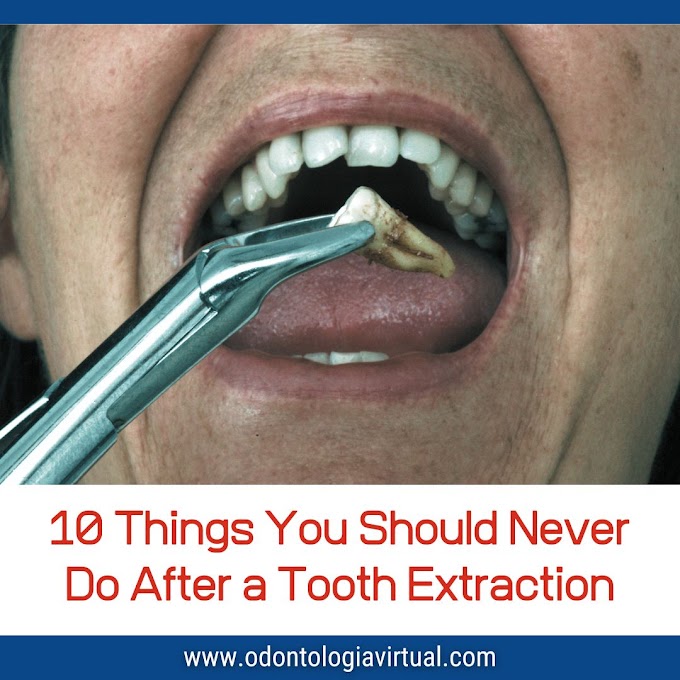hola@ovidentalgo.com
Osteoradionecrosis (ORN) of the jaws is a severe complication resulting from radiotherapy in the head and neck region.
It is characterized by the necrosis of irradiated bone, which becomes exposed through the mucosa or skin and fails to heal within 3–6 months.
ORN can occur spontaneously or, more commonly, after surgical procedures such as dental extractions.
► Related article: Dental Extractions After Radiotherapy: Scientific Updates and Recommendations for Dentists
Risk Factors and Pathogenesis
ORN develops due to a combination of hypovascularity, hypocellularity, and hypoxia in irradiated bone, compromising its ability to repair and regenerate. Identified risk factors include:
- Radiation Dose: Doses exceeding 60 Gy significantly increase the risk of ORN.
- Post-Radiotherapy Surgical Procedures: Interventions such as dental extractions or biopsies in irradiated areas often trigger ORN.
- Oral Health Status: Periodontal disease, advanced caries, and poor oral hygiene increase the risk.
- Harmful Habits: Smoking and alcohol consumption are associated with a higher incidence of ORN.
Clinical Manifestations
Symptoms of ORN range from mild pain to severe infections and pathological fractures.
Clinically, persistent bone exposure, mucosal ulcerations, cutaneous fistulas, and, in advanced cases, loss of bone segments can be observed.
► Read also: Clinical Guide to Ambulatory Dental Emergencies
Advances in Prevention and Management
- Pre-Radiotherapy Dental Evaluation
A thorough dental evaluation before radiotherapy helps identify and address conditions that may complicate treatment. Extracting teeth with a poor prognosis before radiotherapy is a key preventive measure.
- Hyperbaric Oxygen Therapy (HBOT)
HBOT has proven effective in preventing and treating ORN by improving oxygenation and promoting angiogenesis in irradiated bone. However, its availability and cost may limit its use.
- PENTO Protocol
The combination of pentoxifylline and tocopherol (vitamin E), known as the PENTO protocol, has emerged as a promising alternative for managing ORN, showing favorable results in bone regeneration and reducing necrosis.
- Multidisciplinary Approach
Collaboration among oncologists, radiotherapists, and dentists is essential for comprehensive patient care, enabling effective preventive and therapeutic strategies.
Conclusion
Osteoradionecrosis of the jaws poses significant clinical challenges for patients undergoing radiotherapy for head and neck cancers.
Identifying risk factors, alongside evidence-based preventive and therapeutic strategies, is vital to improving clinical outcomes and patient quality of life.
REFERENCES












